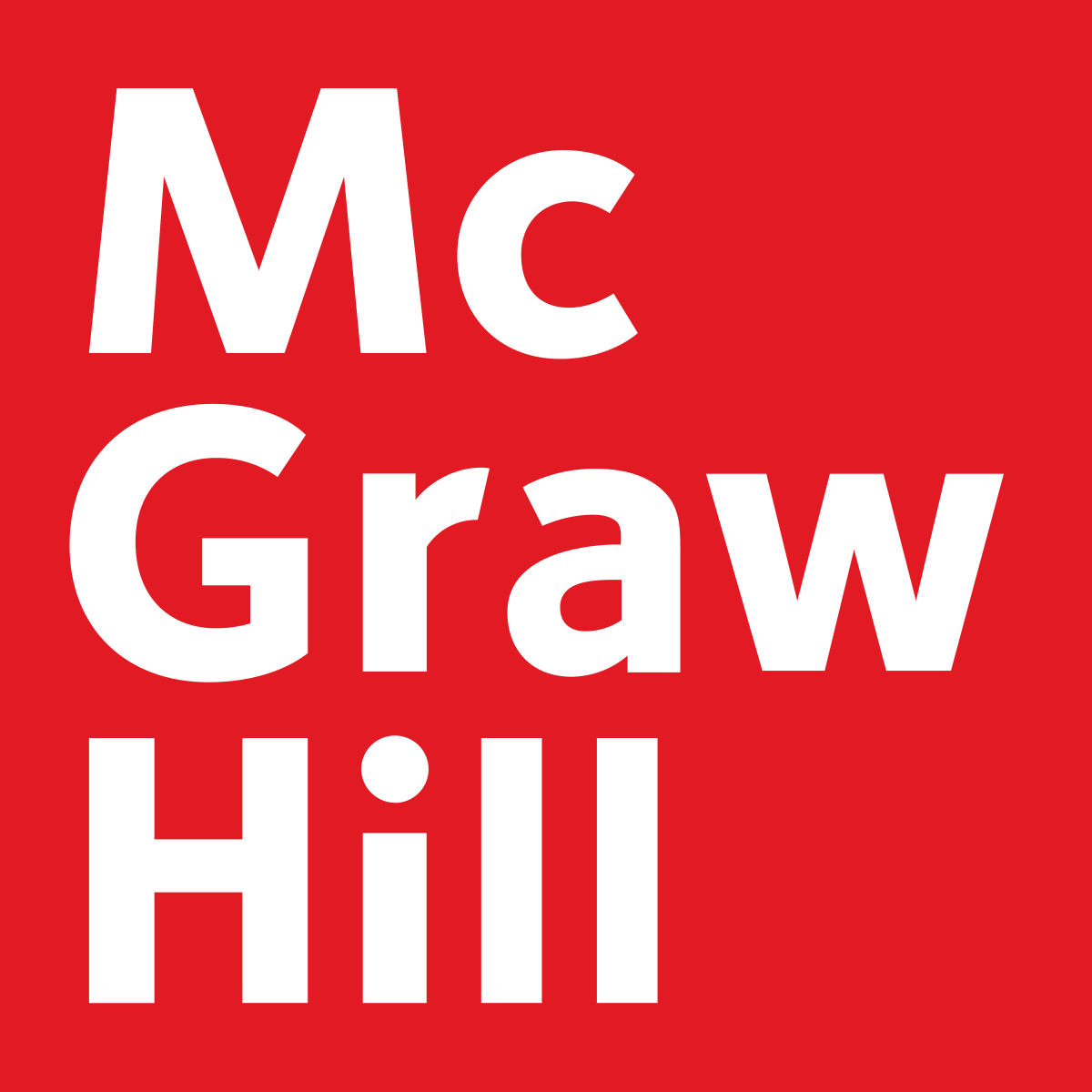Strategies of Adaptation of the Disaster Victims of the Earthquake of 2010 in Chile: Reflections for the Intervention Social
DOI:
https://doi.org/10.37467/gka-revsocial.v4.799Keywords:
Natural Disaster, Victim, Adaptation, Social InterventionAbstract
Although the consequences of natural disasters in psychological health are well documented in the literature about, little research has examined the significance of this experience in the life of victims of earthquakes and adaptation strategies in front of this kind of phenomena . This research addresses this issue by relying on the results of an exploratory qualitative study. The research is based on information gathered in fourteen adults who have experienced the earthquake of February 27th, 2010 in Chile, whose ages fluctuated between 24 and 70 years. This study identifies some coping strategies that participants used to overcome the stress caused by the earthquake. The author emphasizes that among victims of natural disasters psychosocial intervention must consider the overall intervention models focus on the individual and his family or relatives in the pre-disaster phase, the relief and recovery phase depending on the vulnerability of individuals, suffered losses and disruptions caused by the disaster.
Downloads
Global Statistics ℹ️
|
650
Views
|
277
Downloads
|
|
927
Total
|
|
References
Ahmad, F.A., Lee, E., Wang, Y. et al. (2010). Earthquake Impact in a Remote South Asian Population: Psychosocial Factors and Posttraumatic Symptoms. Journal of Traumatic Stress, 23 (3), pp. 408-412. DOI: https://doi.org/10.1002/jts.20535
American Psychiatric Association (1987). Diagnostic and Statistical Manual of Mental Disorders (DSM). Washington, DC: American Psychiatric Association.
Basoglu, M., Salcioglu, E. y Livanou, M. (2007). A randomized controlled study of single-session behavioral treatment of earthquake-related post-traumatic stress disorder using an earthquake simulator. Psychological Medicine, 37, pp. 203-213. DOI: https://doi.org/10.1017/S0033291706009123
Bokszczanin, A. (2008). Parental support, family conflict, and overprotective-nests: Predicting PTSD symptom levels of adolescents 28 months after a natural disaster. Anxiety, Stress and Coping , 21 (4), pp. 325-335. DOI: https://doi.org/10.1080/10615800801950584
Bolin, R. (1982). Long-term Family Recovery Disaster . Colorado: Library of Congress.
Caldera, T., Palma, L., Penayo, U. & Kullgren, G. (2001). Psychological impact of the hurricane Mitch in Nicaragua in a one-year perspective, Social psychiatry and psychiatric epidemiology, 36 (3), pp. 108-114. DOI: https://doi.org/10.1007/s001270050298
CEPAL (2010). Una primera Mirada al 10 de marzo de 2010. http://www.eclac.cl/noticias/paginas/4/35494/2010-193-Terremoto-Rev1.pdf
Chao-Yueh, S., T. Kuan-Yi et al. (2010). A three-year follow-up study of the psychosocial predictors of delayed and unresolved post-traumatic stress disorder in Taiwan Chi-Chi earthquake survivors. Psychiatry & Clinical Neurosciences, 64 (3), pp. 239-248. DOI: https://doi.org/10.1111/j.1440-1819.2010.02087.x
Colaizzi, P. (1978). Psychological research as the phenomenologist views it. En R. S. Valle & M. King (eds.), Existential-phenomenological alternatives for sychology (pp. 48-71). New York : Oxford University Press.
Denissen, J.A., L. Butalid, L. P. & van Aken MAG. (2008). The effects of weather on daily mood: a multilevel approach. Emotion, 8 (5), pp. 662-667. DOI: https://doi.org/10.1037/a0013497
Fernandez. L.S., D. Byard, C.C., Lin, S., Benson & Babera, J.A. (2002). Frail Elderly as Disaster Victims: Emergency Management Strategies, Prehospital and Disaster Medicine, 17 (2), pp. 67-74. DOI: https://doi.org/10.1017/S1049023X00000200
Galea, S. et al. (2008). Financial and social circumstances and the incidence and course of PTSD in Mississippi during the first two years after Hurricane Katrina. Journal of traumatic stress, 21 (4), pp. 357-68. DOI: https://doi.org/10.1002/jts.20355
Gignac, M.A., C. Cott, C.A. & E.M. Badley (2004). Living with a Chronic Disabling Illness and Then Some: Data from the 1998 Ice Storm. Canadian Journal on Aging , 22 (3), pp. 249-259. DOI: https://doi.org/10.1017/S0714980800003871
Goenjian, A.K. et al. (2001). Posttraumatic Stress and Depressive Reactions Among Nicaraguan Adolescents After Hurricane Mitch. American Journal of Psychiatry , 158, pp. 788-794. DOI: https://doi.org/10.1176/appi.ajp.158.5.788
Gupta, J. & A. Agrawal (2010). Répliques d’un séisme chroniques sur le bien-être des enfants en Haïti: la violence, la santé psychosociale et de l’esclavage. JAMC , 182 (18), pp. 1997-1999.
Hensley, L. & Varela, R.E. (2008). PTSD Symptoms and Somatic Complaints Following Hurricane Katrina: The Roles of Trait Anxiety and Anxiety Sensitivity. Journal of Clinical Child and Adolescent Psychology , 37 (3), pp. 542-552. DOI: https://doi.org/10.1080/15374410802148186
Hovington, C., D. Maltais, & Lalande, G. (2002). Les conséquences des catastrophes sur la santé biopsychosociale des aînés : résultats de la recension des écrits. En D. Maltais (dir.), Catastrophes et état de santé des individus, des intervenants et des communautés (pp. 189-305). Saguenay: GRIR, UQAC.
Hutton, D. (2004). Psychosocial effects of a natural disaster: a post-flood assessment in the red river valley. Environments, 32 (2), pp. 27-43.
INSPQ (2011). Faisabilité d’un suivi des impacts psychosociaux des aléas climatiques.
Jones, R.T, R., Frary, P., Cunningham, J.D., Weddle & Kaiser, L. (2001). The psychological effects of Hurricane Andrew on ethnic minority and Caucasian children and adolescents: a case study. Cultural diversity & ethnic minority psychology, 7 (1), pp. 103-108. DOI: https://doi.org/10.1037/1099-9809.7.1.103
Joseph, L. (2006). The effects of mass trauma on children of different developmental stages: Examining PTSD in children affected by Hurricane Ivan and Hurricane Katrina (tesis doctoral). Universidad Palo Alto, California. DOI: https://doi.org/10.1037/e517322011-492
Kar, N. et al. (2007). Post-traumatic stress disorder in children and adolescents one year after a super-cyclone in Orissa, India: exploring cross-cultural validity and vulnerability factors. BMC Psychiatry, 7 (8), pp. 1-9. DOI: https://doi.org/10.1186/1471-244X-7-8
Kim, S.C. et al. (2008). Medium-term post-Katrina health sequelae among New Orleans residents: predictors of poor mental and physical health, Journal of clinical nursing, 17 (17), pp. 2335-2342. DOI: https://doi.org/10.1111/j.1365-2702.2008.02317.x
Knowles, R. & Garrison, B. (2006). Planning for the elderly in natural disasters. Disaster Recovery Journal, 19 (4). Disponible en: http://www.drj.com/articles/fall06/1904-07p.html
Kovats, R.S. & Ebi, K.L. (2006). Heatwaves and public health in Europe. European Journal of Public Health, 16 (6), pp. 592-599. DOI: https://doi.org/10.1093/eurpub/ckl049
Lazaratou, H., T. Paparrigopoulos, G., Galanos, C., Psarros et al. (2008). The psychological impact of a catastrophic earthquake: a retrospective study 50 years after the event. Journal Nervous Mental Disease, 196, pp. 340-344. DOI: https://doi.org/10.1097/NMD.0b013e31816a62c6
Lee, I., Y.S. Ha, Y.A. Kim, & Y.H. Kwon (2004). PTSD symptoms in elementary school children after Typhoon Rusa. Taehan Kanho Hakhoe chi, 34 (4), pp. 636-645. DOI: https://doi.org/10.4040/jkan.2004.34.4.636
Maltais, D. (2003). Catastrophes en milieu rural. Saguenay: Éditions JCL.
Maltais, D., S. Robichaud & A. Simard (2001). Conséquences des inondations de juillet 1996 sur la conception du chez-soi et la santé biopsychosociale des préretraités et retraités. Revue canadienne du vieillissement, 20 (3), pp. 407-426. DOI: https://doi.org/10.1017/S071498080001285X
Maltais, D., L. Lachance, A. Simard, A. Brassard & L. Picard (2002). Difficultés et effets à long terme d’une catastrophe en milieu rural : résultats d’une étude combinant les approches qualitative et quantitative. Revue Québécoise de Psychologie, 23 (2), pp. 197-217.
Maltais, D., N. Côté et S. Gauthier (2007). Les conséquences de l’exposition à une catastrophe sur la santé biopsychosociale des personnes âgées: Que savons-nous jusqu’à maintenant sur cette question ? Vie et vieillissement, 6 (2), pp. 3-8.
Maltais, D. et N. Simard (2008). Les effets à long terme de l’exposition à une catastrophe sur la santé biopsychosociale des individus. En D. Maltais (dir.), Intervention sociale en cas de catastrophe (pp. 169-183). Canada PUQ. DOI: https://doi.org/10.2307/j.ctv18pgnk4.12
Mayer, R. & Ouellet, R. (1991). Méthodologie de recherche pour les intervenants sociaux. Boucherville: Éditeur Gaëtan Morin.
Mills, M. A., Edmondson, D. & Park, C.L. (2007). Trauma and Stress Response Among Hurricane Katrina Evacuees. American Journal of Public Health , 97 (Supplement 1), pp. 116-123. DOI: https://doi.org/10.2105/AJPH.2006.086678
Ministère de l’Intérieur du Chili (2010). Plan de reconstrucción Terremoto y maremoto del 27 de febrero de 2010. Resumen ejecutivo [en ligne] http://www.ministeriodesarrollosocial.gob.cl/pdf/e60b893eb66a10139bfe68d2c6005636.pdf Consulté le 2 julio 2014.
Norris, F. H. et al. (2002). Placing Age Differences in Cultural Context: A Comparison of the Effects of Age on PTSD After Disasters in the United States, Mexico, and Poland. Journal of Clinical Geropsychology, 8 (3), pp. 153-173. DOI: https://doi.org/10.1023/A:1015940126474
Norris, F. H. et al. (2006). Early physical health consequences of disaster exposure and acute disaster-related PTSD. Anxiety, Stress and Coping, 19 (2), pp. 95-110. DOI: https://doi.org/10.1080/10615800600652209
Osaki, Y. & Minowa, M. (2000). Factors Associated with Earthquake Deaths in the Great Hanshin-Awaji Eartquake, 1995. American Journal of Epidemiology, 153 (2), pp. 153-156. DOI: https://doi.org/10.1093/aje/153.2.153
Rosenkoetter, M.M., E.K. Covan, E.K., B. Cobb, S. Bunting et al. (2007). Perceptions of older adults regarding evacuation in the event of a natural disaster. Public Health Nursing, 24, pp. 160-168. DOI: https://doi.org/10.1111/j.1525-1446.2007.00620.x
Robichaud, S., D. Maltais, G. Lalande, A. Simard et al. (2001). Les inondations de juillet 1996: une série d’événements stressants. En D. Maltais (dir.), Catastrophes et état de santé des individus, des intervenants et des communautés (pp. 101-120). Saguenay: GRIR, UQAC.
Russoniello, C.V. et al. (2002). Childhood posttraumatic stress disorder and efforts to cope after Hurricane Floyd. Behavioral medicine, 28 (2), pp. 61-71. DOI: https://doi.org/10.1080/08964280209596399
Scheeringa, M.S. & Zeanah, C.H. (2008). Reconsideration of Harm's Way: Onsets and Comorbidity Patterns of Disorders in Preschool Children and Their Caregivers Following Hurricane Katrina. Journal of Clinical Child and Adolescent Psychology , 37 (3), pp. 508-518. DOI: https://doi.org/10.1080/15374410802148178
Spiegel, A. (2006). Katrina’s Impact on Elderly Still Resonates. National Public Radio: http://www.npr.org/templates/story.php?storyld=5239019
Stephens, K.U., D. Grew, K. Chin, P. Kadetz et al. (2007). Excess mortality in the aftermath of Hurricane Katrina: a preliminary report. Medical Public Health Preparation, 1 (1), pp. 15-20. DOI: https://doi.org/10.1097/DMP.0b013e3180691856
Tunstall, S. et al. (2006). The health effects of flooding: Social research results from England and Wales. Journal of water and health, 4 (3), pp. 365-380. DOI: https://doi.org/10.2166/wh.2006.031
Wang, P.S. et al. (2007). Mental health service use among hurricane Katrina survivors in the eight months after the disaster. Psychiatric services, 58 (11), pp. 1403-1411. DOI: https://doi.org/10.1176/ps.2007.58.11.1403
Pollan, M. (2006). The Omnivore’s Dilemma: A Natural History of Four Meals. New York, United States: Penguin.
Downloads
Published
How to Cite
Issue
Section
License
Those authors who publish in this journal accept the following terms:
-
Authors retain copyright.
-
Authors transfer to the journal the right of first publication. The journal also owns the publishing rights.
-
All published contents are governed by an Attribution-NoDerivatives 4.0 International License.
Access the informative version and legal text of the license. By virtue of this, third parties are allowed to use what is published as long as they mention the authorship of the work and the first publication in this journal. If you transform the material, you may not distribute the modified work. -
Authors may make other independent and additional contractual arrangements for non-exclusive distribution of the version of the article published in this journal (e.g., inclusion in an institutional repository or publication in a book) as long as they clearly indicate that the work was first published in this journal.
- Authors are allowed and recommended to publish their work on the Internet (for example on institutional and personal websites), following the publication of, and referencing the journal, as this could lead to constructive exchanges and a more extensive and quick circulation of published works (see The Effect of Open Access).













